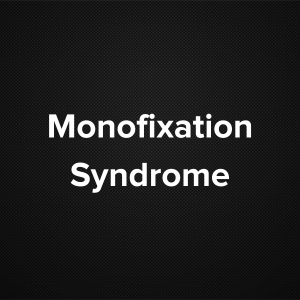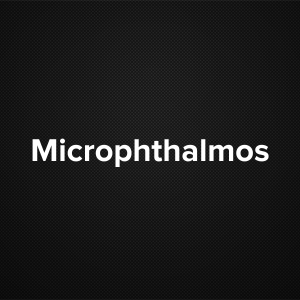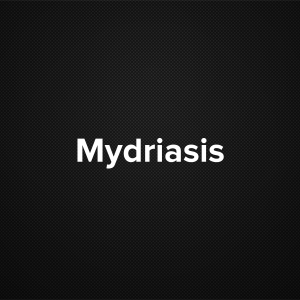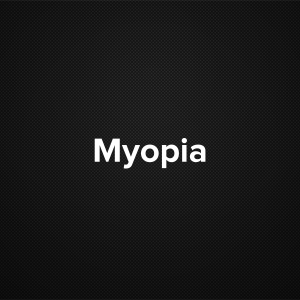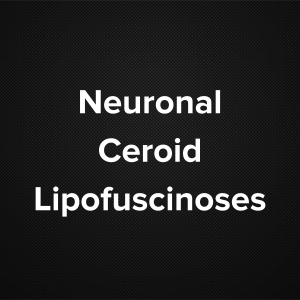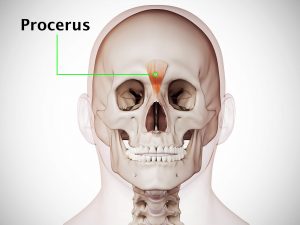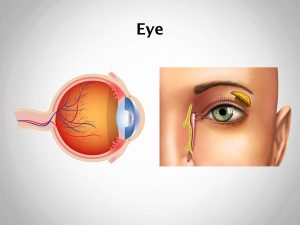Causative & risk factors
Defective color vision is usually an inherited condition. Sometimes it can be caused by certain medications or certain diseases (glaucoma, diabetes, Alzheimer’s disease, leukemia, multiple sclerosis). Eye contact with certain chemicals can also cause a loss of color vision.
Clinical presentation
People with a deficient color vision have an inability to distinguish between or see certain shades of either red-green or blue-yellow.
Investigations
This condition can be diagnosed by carrying out an eye exam followed by pseudoisochromatic testing to detect the type of color vision deficiency.
Treatment
There is no treatment available for inherited color vision deficiency. If the defect is due to some underlying disease, treating the same can help. Wearing tinted eyeglasses or contacts can help the person to some extent.
Recent updates
Gene replacement techniques are being investigated to treat certain retinal disorders associated with color vision deficiency.

